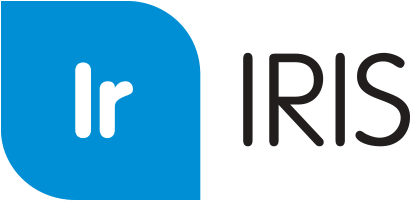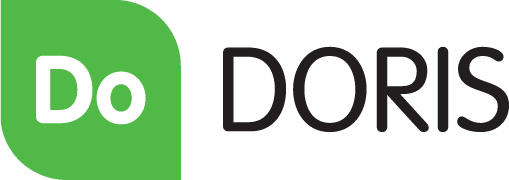In the age of Big Data and Analytics, we find ourselves surrounded by data. While most of the data might reside in our Enterprise Resource Planning (ERP) system, it’s likely that there are several other ancillary data sources available to us. These sources may be bolt-ons for the ERP, analytics from the internet, or other independent systems. Together, they provide the data to help us make important strategic and tactical decisions.
Therefore, we need a solution to bring this data together to meet our needs. From a technical standpoint, pulling that data together with a modern enterprise reporting tool is a snap – most of the tools available on today’s market have the capability. From a realistic standpoint, though, we can’t expect to simply point, click, and return valid results. There’s much more to it.
Begin with the End in Mind
It’s important to begin the process with the end in mind. What is our goal? What is the end-product we are trying to produce? It starts with the data, regardless of the number of sources, and ends with information that is accurate, appropriate, and actionable. In most cases, we’re looking to produce information that aids in valid, data-driven decision making.
Identify the Right Sources
Now that we know what we are trying to achieve – where do we get the right data? As mentioned before, we have access to a large amount of data from both within and outside of our organization. We need to be sure to tap into the appropriate resources to get the end-product we desire.
Understand the Data
To oversimplify, we need to be sure that the data is what we think it is. Does our organization, and its external data sources, have well-defined data? Some examples:
- Is ‘active employee’ status clearly defined?
- How do you know an account balance is overdue?
- When is somebody or something considered to be new, or old, or returning?
These (and many, many more) questions about our data need to be answered, understood, and be consistent across all the data sources.
Find the Common Links
In order to bring the data from the various data sources together, we need to know what the connecting data elements are. What are the common elements that will bring it all together in a meaningful way? When it comes to people, a Personal ID Number is often used. Other possibilities include products, accounts, fiscal years and periods, moments in time, and units of measure – to name just a few.
Define Data Relationships
Once consistency and connections are established, how does it all relate to one another? Are there one-to-one, one-to-many, many-to-one, many-to-many relationships? Must the data have matching elements throughout all sources to be included? Are missing values appropriate or even allowed? These should be determined from the start, before coding begins, to avoid costly rewrites later in the development process.
Operate on the Data
We now have the desired results defined, as well as a good understanding of where the data is coming from and how it all relates. Now, what do we need to do with that data to transform it into the desired result? We may possess that knowledge as a function of the position that we hold within the organization. But, if we don’t, then we need to rely on the subject matter experts to help us understand what transformations need to occur to turn the data into valuable information. Once we know the necessary calculations, categorizations, aggregations, etc., we can then…
Transform the Data into the Desired Result
We are now ready for the magic moment we’ve all been waiting for – we can begin developing the solution! We can use our enterprise reporting tool to bring it all together. That means confidently performing whatever calculations, categorizations, or aggregations we need to turn the data into the accurate, appropriate, and actionable information required.







0 Comments
0 Comments